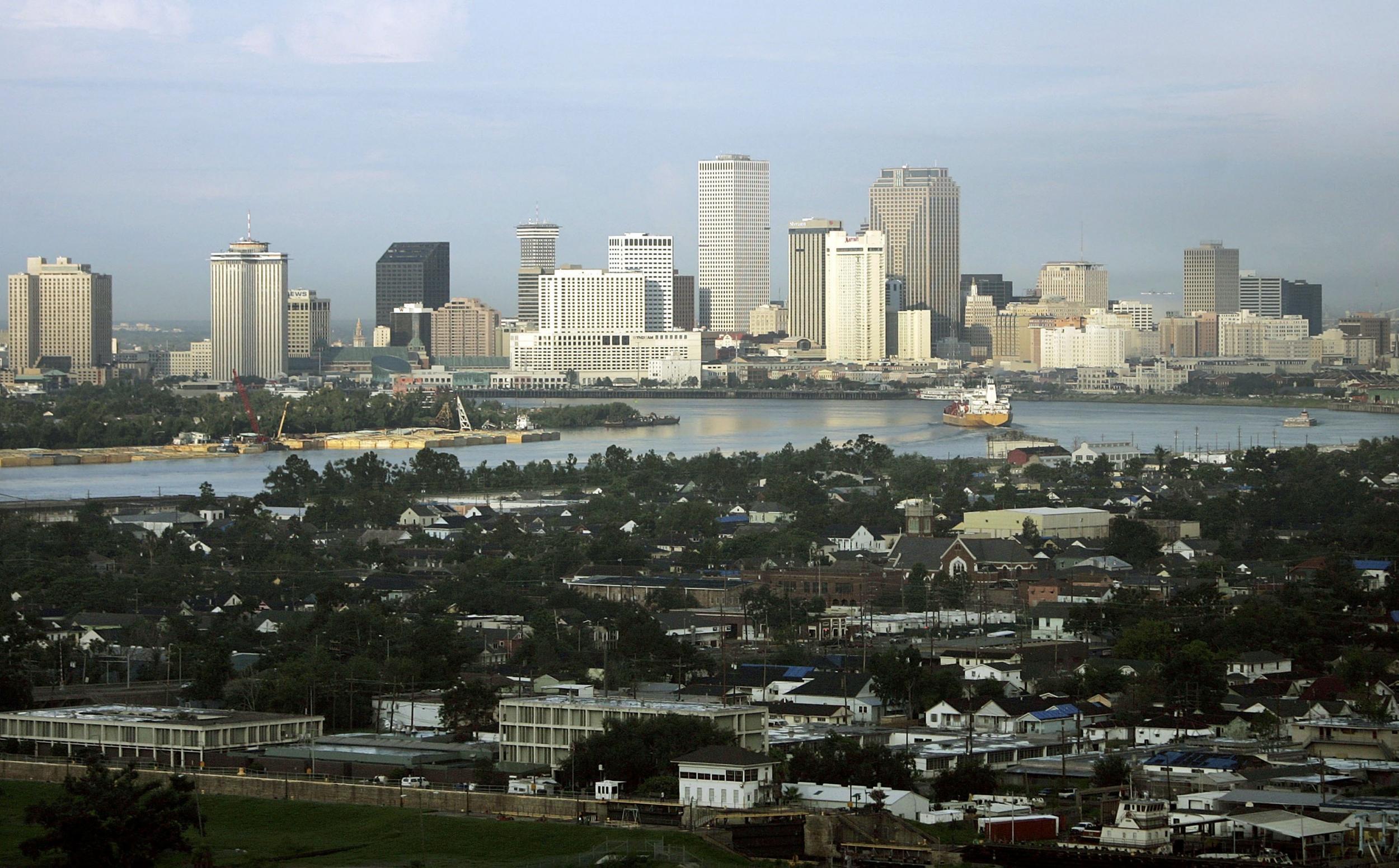Obscure airport codes explained: Why on earth is Chicago ORD, Newark EWR and New Orleans MSY?
How, and why, do these strange three-letter codes get picked?

As obscure American airport codes go, you might think ORD takes the inflight biscuit. The city is Chicago, the airport O’Hare. Neither of those explains the three-letter identifier, which is derived from ORcharD Field – the name of the original airstrip, long obliterated by the eight runways of one of the busiest airports in the world. Yet there’s a more confusing code: you could soon be flying from LHR to MSY, the latest route announced by British Airways.
These three-letter codes were created by the International Air Transport Association (IATA) soon after it was founded in 1945, to try to make the airline business more efficient. Today IATA describes them as “fundamental to the smooth running of hundreds of electronic applications which have been built around these coding systems for passenger and cargo traffic purposes”. And it even applies them to some important railway stations; London Paddington, one end of the Heathrow Express, is QQP, while even York –nowhere near an airport – gets QQY.
LHR is familiar enough as the abbreviation for London Heathrow. But why would Louis Armstrong New Orleans international airport choose to be known by an apparently random series of letters such as MSY?
All codes beginning with N have been requisitioned by the US navy and are not available for civilian use. (Which, incidentally, explains why Newark Liberty international airport is EWR.) So the New Orleans airport authorities opted for the acronym for Moisant Stock Yards, the agricultural facility once adjacent to the airstrip.
Whatever you call it, New Orleans is worth the journey. No other US city distils so much intrigue into so small an area as the French Quarter (now wouldn’t FRQ be a better code?). It feels like a spruced-up version of Havana, complete with delicious food at still-affordable prices. Try Johnny’s Po Boys, the only restaurant I know that has a street address involving a fraction (number 511-and-a-half on St Louis Street). A Po Boy is a baguette filled with anything from shrimp to bacon and eggs, and Johnny applies the catchy slogan, “Even my failures are edible.”
New Orleans also provides a gateway to the implausibly lush and languid state of Louisiana, as well as Mississippi and Alabama.
Yet as I wrote after BA’s announcement of the New Orleans route, the US still has vast swathes of territory off the airlines’ radar. I picked out five: the two great Tennessee music cities of Nashville and Memphis; New Mexico’s major metropolis, Albuquerque; Jacksonville in Florida; and Honolulu, the state capital of Hawaii.
The response on Twitter was swift. “Definitely flights to Hawaii!” said Linda Kemp. That’ll be HoNoLulu, then. Linda Murfitt said: “Nashville is an incredible place!” Nashville airport’s code, by the way, is BNA; since it can’t begin with an “N”, they added “B” for Berry Field at the front.
But can any more flights be justified? As Jock McTavish tweeted, “Just what the airline industry needs, more transatlantic capacity.” Well, the US airlines firmly believe in the “hub-and-spoke” model, which offers a multiplicity of possible connections and fills up planes. Yet direct flights, especially on modern planes such as the Boeing 787, are more efficient as well as more appealing to the traveller. So if there were more non-stop options, we might not need a couple of dozen flights a day from LHR to JFK – for the benefit of passengers and the planet.
Click here to view the latest travel offers, with Independent Holidays.
Subscribe to Independent Premium to bookmark this article
Want to bookmark your favourite articles and stories to read or reference later? Start your Independent Premium subscription today.

Join our commenting forum
Join thought-provoking conversations, follow other Independent readers and see their replies